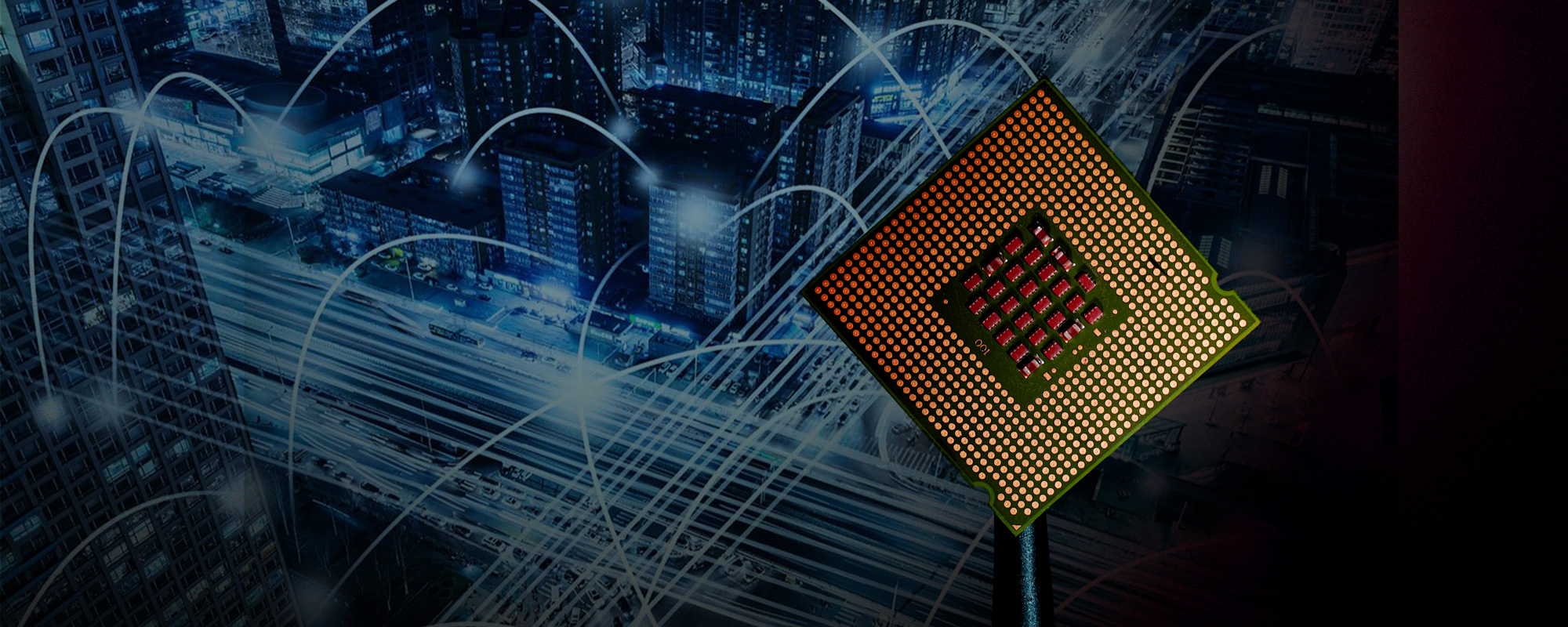
In recent years we have witnessed a proliferation of exponential technologies in medicine and healthcare that are poised to transform health globally. Looking to the 2020s, the medical Internet of Things (mIoT) will generate growing volumes of data from medical devices and sensors. 5G networks will be 10-100x faster than current mobile broadband networks, enabling transfer of vast amounts of high-fidelity, real-time data. Once powered by AI and machine learning, data will inevitably become a new form of capital and blockchain technology — the mechanism for securely storing, distributing, managing and deploying that capital.
In order to remain ahead of the curve, corporates, governments and non-profits must understand how to best leverage the use of these exponential technologies and anticipate how their convergence can positively transform their business. Most importantly, healthcare stakeholders need to understand how to implement these technologies at different stages of eHealth maturity. Our team has been working at the forefront of healthcare technologies for the past 15 years.
Use Cases
IoT in Health
Internet of Things (IoT) has shown to transform clinical and public health approaches disease management. Powered by advances Big Data, cloud computing, social and robotics, artificial intelligence and mobility, IoT is used to enhance in-hospital patient care and facilitate remote, real-time monitoring of patient outcomes. IoT allows hospitals to monitor and keep track of the location of medical devices, personnel and patients. When a hospital utilises ‘smart beds’, for example, staff can detect when they are occupied and when a patient is attempting to get up.
Our team has 10 years of experience implementing IoT in public health.
Digital Disease Surveillance
The proliferation of Big Data in public health has created new opportunities for understanding and visualizing complex global health risks. Big Data mining techniques, including natural language processing (NLP) and machine learning (ML), have shown to effectively detect emerging public health threats reportable under the World Health Organization International Health Regulations, including infectious disease outbreaks, pharmaceutical adverse events and food safety incidents.
Our team has supported the expansion and implementation of artificial intelligence (AI) tools for real-time early warning signal detection in regulatory and public health agencies in partnership with Booz Allen Hamilton and Boston Children’s Hospital.
These projects involved:
Identifying and aggregating informal web-based data sources
Tagging and classifying reports using natural language processing and machine learning
Curating, verifying and training classifiers to improve natural language processing
Developing data analytics and interactive web-based dashboards for real-time visualization
Leading prospective and retrospective analyses to validate digital data again formal surveillance data
Biosurveillance capabilities supported by our team have been implemented in, and continue to be digital biosurveillance ‘gold standard’, in U.S. Federal Agencies such as the Department of Homeland Security and Department of Health and Human Services (HHS).


